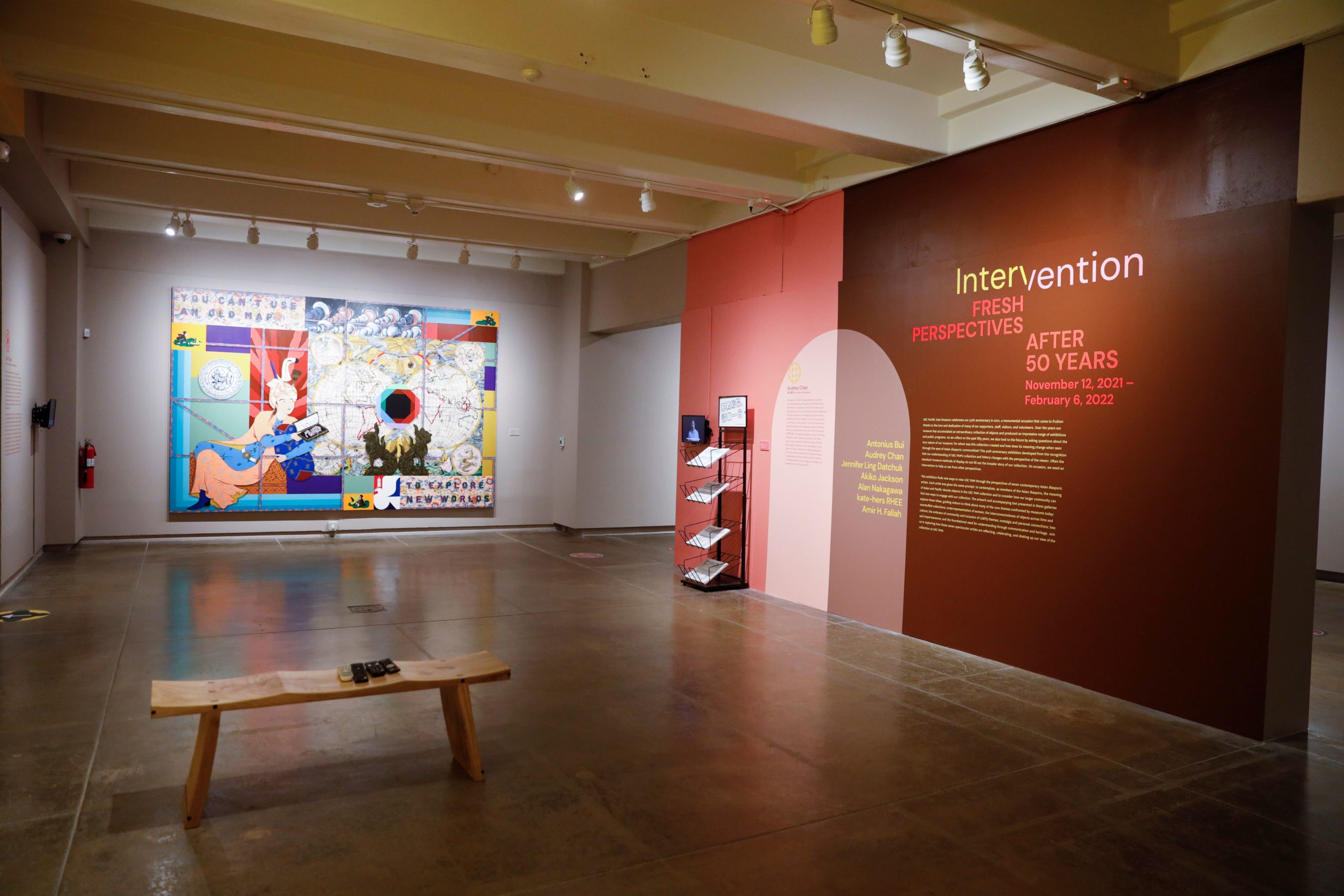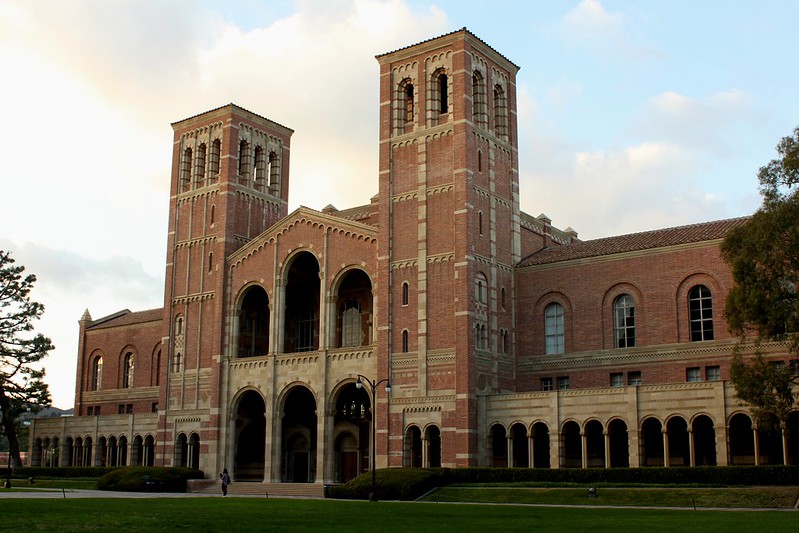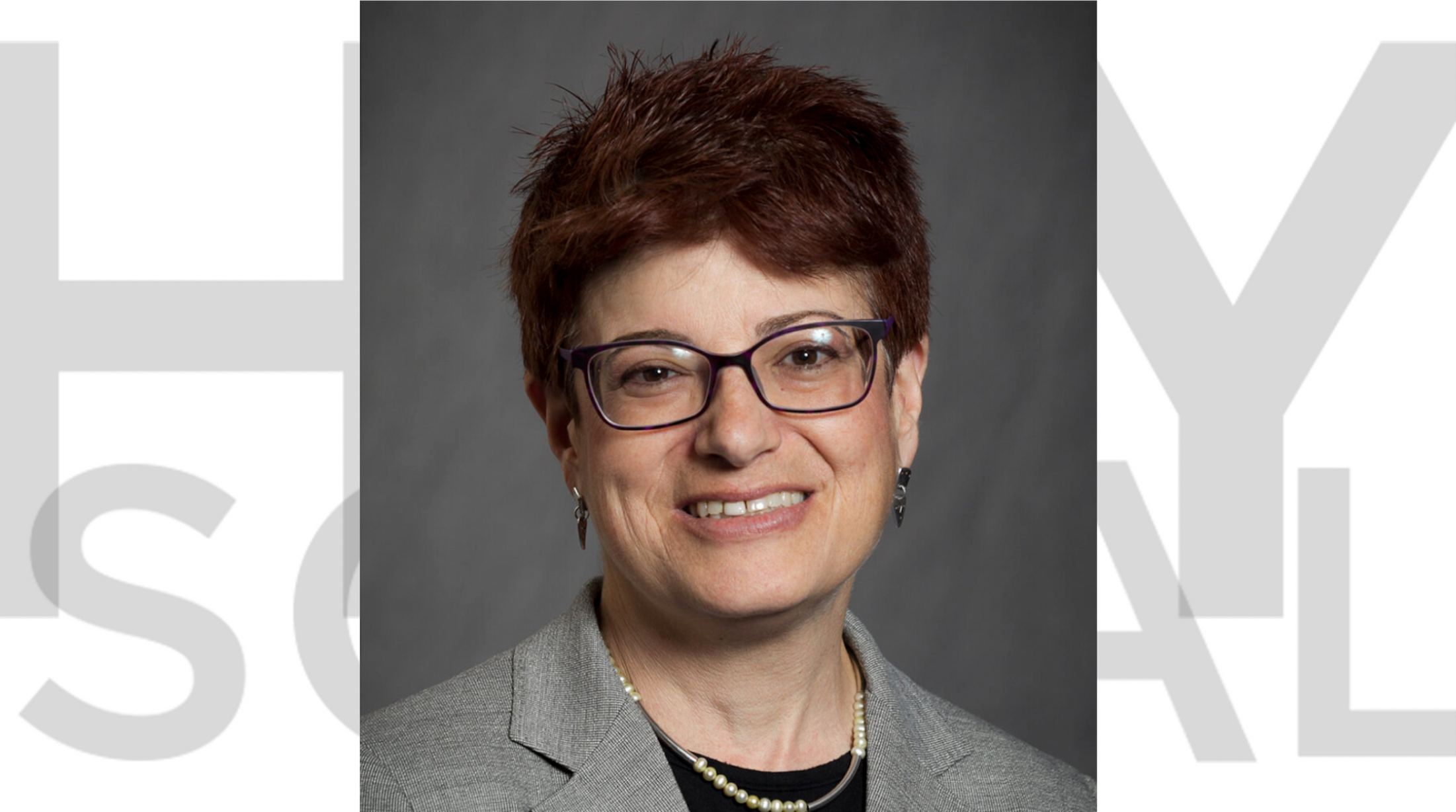USC Pacific Asia Museum (USC PAM), the only museum in Southern California with the mission and vision to further intercultural understanding through the arts of Asia and the Pacific Islands, is marking its 50th anniversary with an exhibition called “Intervention: Fresh Perspectives after 50 Years.” It runs from Nov. 12, 2021 through Feb. 6, 2022.
In its press release announcing the event, USC PAM’s director, Bethany Montagano, states, “As we celebrate USC PAM’s 50th anniversary, we look to the future by asking questions and reflecting on our past as it is embodied in the museum’s collection. ‘Intervention’ offers an opportunity for institutional critique while acknowledging all that the museum has achieved over its 50-year history. The exhibition expands on USC PAM’s groundbreaking legacy, which includes being the first museum in North America to mount an exhibition on contemporary Chinese art with its 1987 show ‘Beyond the Open Door: Contemporary Paintings from the People’s Republic of China.’ As well as the first museum to assemble an exhibition of Aboriginal art in the United States with ‘The Past and Present Art of the Australian Aborigine in 1980.’ We look forward to continuing to present boundary-breaking exhibitions for the next 50 years.”
As with any institution’s milestones, we travel back to its origins and recall the past. To say that USC PAM’s history is intertwined with Grace Nicholson’s is not an entirely factual statement because she didn’t found the museum. However, it is her treasure house of oriental arts where the museum’s treasures are housed. And it just so happens that it’s patterned after the Imperial Palace Courtyard style used in the construction of major buildings in Beijing (Peking). It is such a significant and extraordinary example of Chinese architecture, that it is one of the great treasures of the museum. So it is only fitting that we look at her life’s story as well.
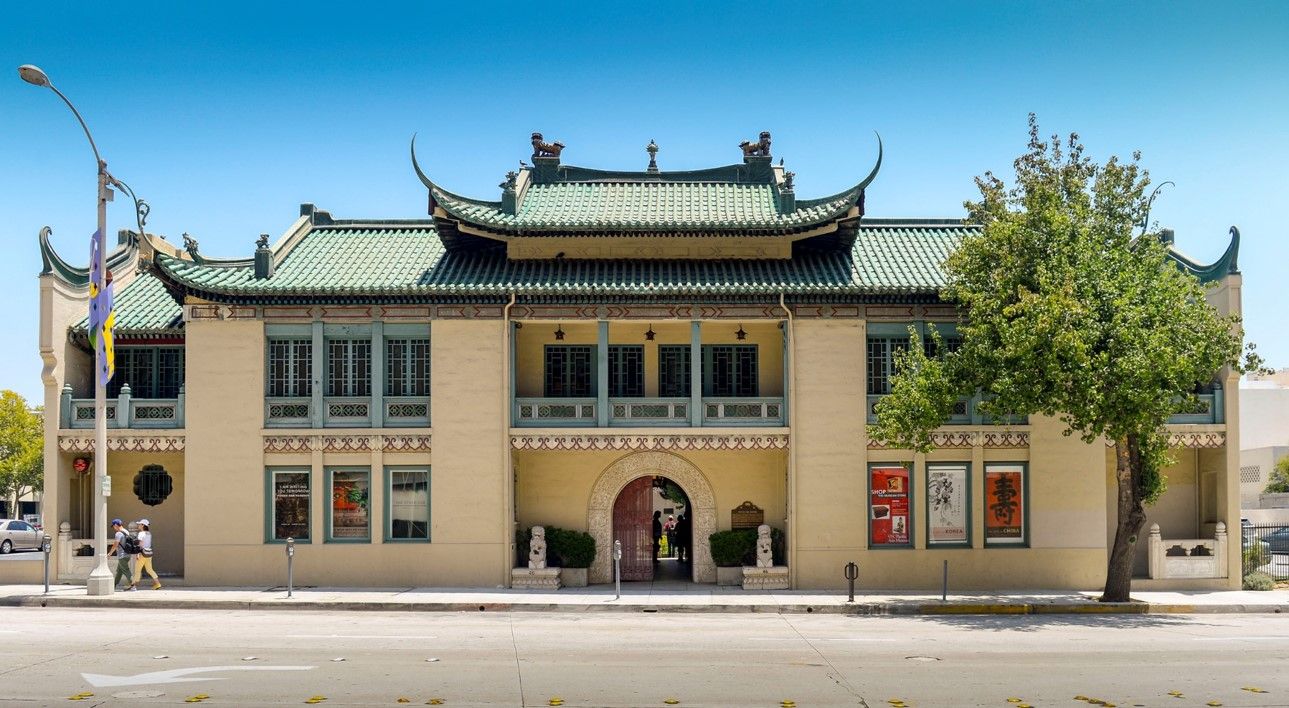
When Nicholson, a transplant from Philadelphia who moved to California in 1901, decided to open a business using her modest inheritance, she set up shop on Raymond Avenue. She marketed Southwestern Indian handiwork which she learned about through two of her early customers who had been involved in archeological excavations in Arizona. With the rest of her funds, she invested on basket collections. She got increasingly interested in Native American art and culture and frequently traveled the western United States to buy directly from basket makers and weavers. She established herself as an authority in the field of archeology and was elected to the American Anthropological Association in 1904.
By 1907, her curio shop needed a bigger location so she moved her business to the corner of North Los Robles Avenue and Union Street. Nicholson hired the architectural firm of Marston, Van Pelt and Maybury in 1924 to build a grand residence to her exact specifications. In fact, every detail, material, and construction — roof tiles, stone and marble carvings, and bronze and copper work — were either imported directly from China, or masterfully copied and made by Pasadena-area craftsmen based on the Chinese originals.
The arched entrance is a replica of the Buddhist library in Beijing. The upturned roofline is designed to prevent evil spirits from landing on it; antique ceramic dogs on the roof keep an eye out for enemies. Cloud patterns and lotus finials on the balustrades of the four courtyard stairways symbolize the ascent to enlightenment and mimicked the marble bridges of Nai-chin-shin-chiao. The structure, when it was completed, was so magnificent it received an award from the American Institute of Architects and became a noted landmark.
While the building was known as Grace Nicholson’s Treasure House of Oriental Arts, she referred to it as ‘Chia,’ a word with distinct meaning in two cultures particularly associated with her. In American Indian legends, the word refers to a nutritious seed that could sustain someone for long periods of time. And for the Chinese, chia means ‘sacred vessel.’
The first floor of the house served as a gallery where she displayed and sold American Indian and Oriental art objects. On the second floor were more galleries, an exhibition auditorium, and her private quarters. It hosted several cultural organizations and became the center for the arts in Pasadena.
Nicholson bequeathed the building to the City of Pasadena in 1943 for art and cultural purposes, with the stipulation that she would retain her private rooms until her death. She shared the building with the Pasadena Art Institute until she passed away in 1948. In 1954, the Pasadena Art Institute changed its name to the Pasadena Art Museum and occupied the building until 1970, when it moved to its new location at Orange Grove and Colorado Boulevards and became the Norton Simon Museum.
In 1971, the Pacificulture Foundation moved into the Grace Nicholson Treasure House of Oriental Art. The foundation eventually bought it in 1987 and renamed it Pacific Asia Museum. Then in 2013, the University of Southern California partnered with the institution. Renamed USC Pacific Asia Museum (USC PAM), it is a vital resource for education and cultural heritage. For Asians like me, this was a monumental development because having USC’s collaboration and support meant our art and culture would get recognition and gain wider reach.
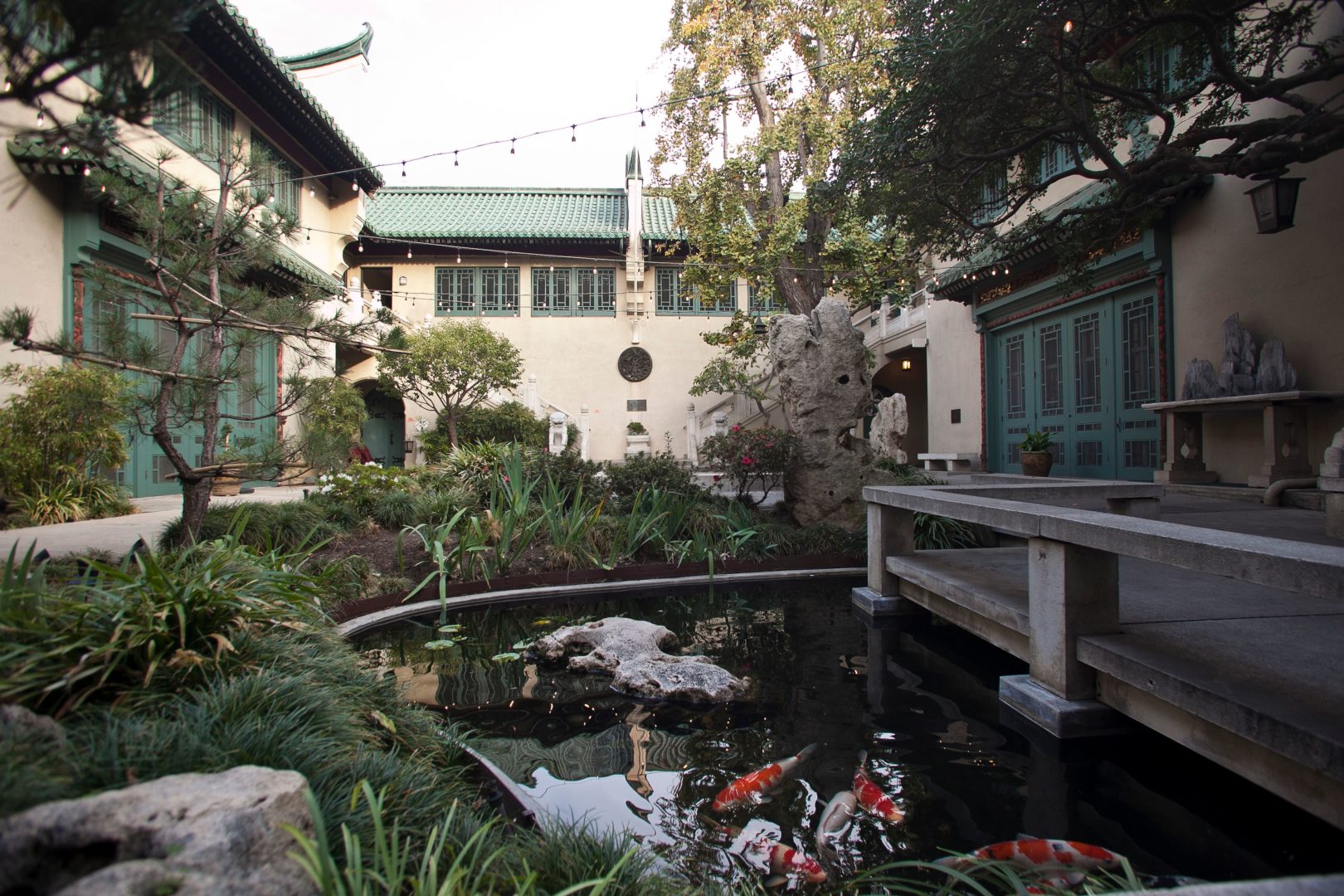
The 50th anniversary exhibition features seven Asian American artists and scholars who created new artworks that demonstrate new ways to view and engage with the museum’s history and collection of Asian and Pacific Island art. The participating Asian diasporic artists are Antonius Bui, Audrey Chan, Jennifer Ling Datchuk, Amir Fallah, Akiko Jackson, Alan Nakagawa, and kate-hers RHEE.
Rebecca Hall, USC PAM’s curator declares, “The artworks commissioned for this exhibition create new ways to view the museum’s collection and serve to remind visitors that USC PAM’s history is complex. Our public has many ways to consider this story beyond how it is presented in our galleries. The artists and their fresh perspectives are asking viewers to ponder for who was this collection created and how does its meaning change when seen through the eyes of our diverse communities?”
About her selection of artists for the exhibition, Hall states, “I had a few artists in mind when I began work on ‘Intervention.’ I specifically sought out artists whose work focused on (at least in part) the questioning of history and representation or whose work engaged with objects and the past in some way. I wanted to work with artists who already had a deeper understanding of the questions we were asking as the impetus for the exhibition, mainly: what do collections and displays of Asian art mean to Asian diasporic communities.”
For this article, I chose to feature Jennifer Ling Datchuk, whose talk at the gallery Art Salon Chinatown Hall had attended and whose work she had seen.
Born and raised in Warren, Ohio, Datchuk is a child of a Chinese immigrant and grandchild of Russian and Irish immigrants. She states on her website that the family histories of conflict she has inherited — which she captures by exploring the emotive power of domestic objects and rituals that fix, organize, soothe and beautify our lives — provide constant inspiration for her work.
Datchuk earned her BFA in crafts from Kent State University and MFA in artisanry from the University of Massachusetts. While she was trained in ceramics, she often works with other materials including porcelain, fabric, and embroidery. She has received grants from the Artist Foundation of San Antonio and Artspace for her research project about the birthplace of porcelain in Jingdezchen, China.
In 2016, Datchuk was granted a residency at the Künstlerhaus Bethanien in Berlin, Germany through the Blue Star Contemporary Art Museum; she was also a Black Cube Nomadic Museum Art Fellow. In 2017, she completed a residency at the European Ceramic Work Center in the Netherlands and received the Emerging Voices Award from the American Craft Council. She was named a United States Artist Fellow in Craft in 2020. She currently lives in San Antonio, Texas and is an assistant professor of studio art at Texas State University in San Marcos, Texas.
According to the introduction to the various artists in the exhibition, Datchuk’s body of work reflects cultural identity as an Asian American woman. She uses her artwork to question the cultural, political, and economic systems that maintain a status quo of sexism, racism, stereotyping, and oppression. For ‘Intervention,’ she will be examining and expanding upon representations of women in Asian art.
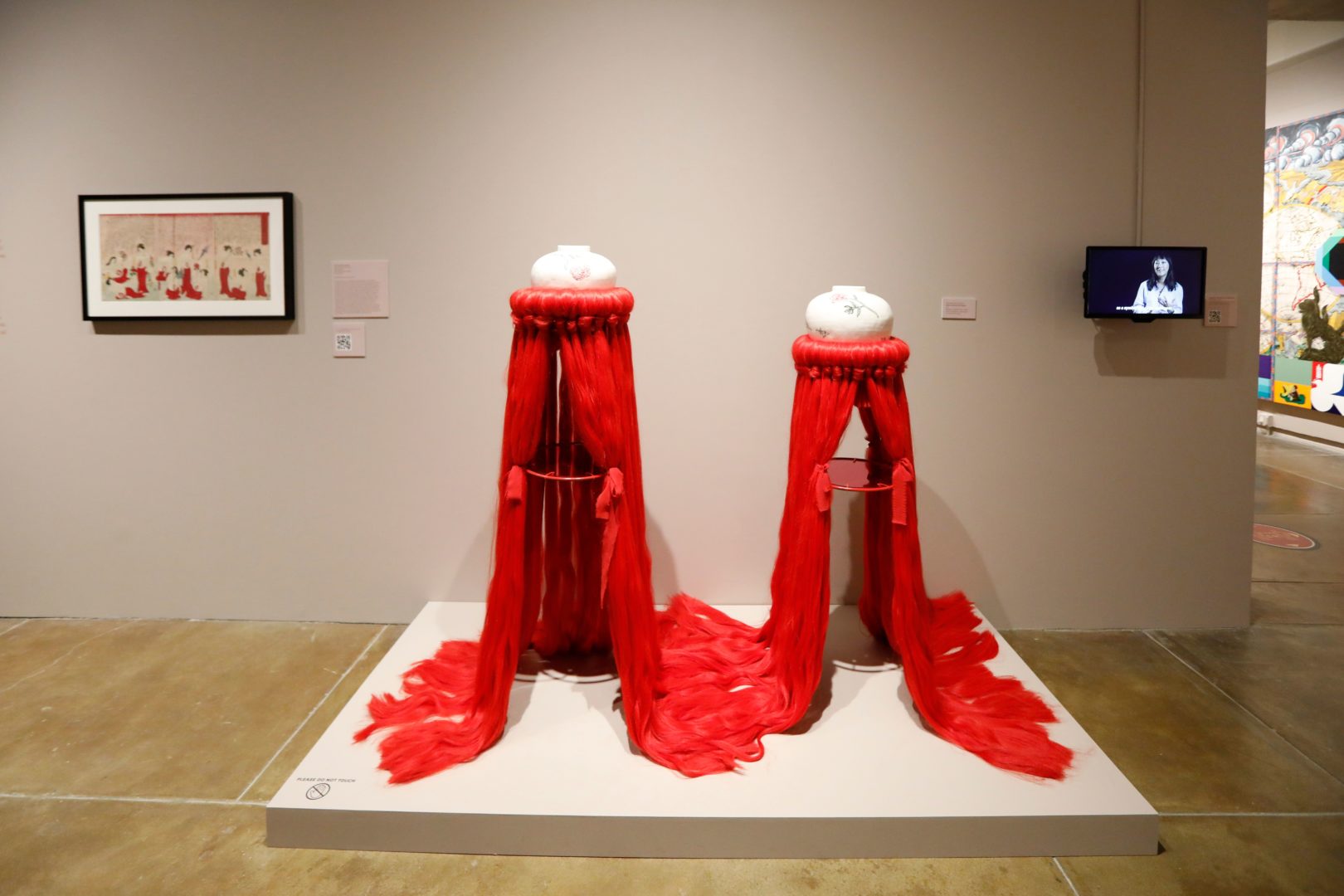
Interviewed by email, Datchuk describes her display, “I created a pair of porcelain vessels that rest on metal stands draped in red synthetic hair. The title ‘Gaze at All Sorts of Flowers’ comes from a translation of the text found on the woodblock print that describes the purpose of procreation for familial lineage and honor. I was first attracted to the voluminous pregnant female figures draped in red and how they seemed relaxed in their time of waiting. I was fascinated to see geishas depicted this way instead of constantly being sexualized or fetishized in their talents for the consumption of men.
“The translation depicted a more rigid expectation of pregnancy, the lack of pleasure from procreation for honor in one’s family. It also detailed the 10 months of pregnancy in the Japanese calendar and how gazing at flowers would make for a happier and easier incubation of a baby. I wanted to reinsert the female narrative to this translation and reclaim pleasure, pain, beauty, and all sorts of flowers to gaze upon.”
Speaking as an Asian, I know how we are either invisible or dismissed in American society. And as a Filipino immigrant, I feel even less significant because I’m not stereotyped as a ‘model minority’ but a member of an underclass. I ask her if she feels that there is racial disparity even among Asians, and Datchuk replies, “Yes! There is a wide range of racial disparity and it doesn’t help that we get lumped into a big collective of Asians. So much of the histories of Asians in America and the diasporas that exist all over the word are because of war and colonization and this is not taught in schools. We are invisible because our histories don’t exist.”
Chinese cuisine is one of the most popular ‘ethnic’ food for Americans — actors in American movies are usually shown eating Chinese takeout with chopsticks. One of the displays on Datchuk’s website shows chicken feet, a Chinese delicacy, so I ask if she plans to depict food in any future work. “I use the chicken foot in some of my work as a cultural connector that can elicit feelings of comfort or home and the uncomfortable and disgusting,” she answers. “In some ways I’m always making work about being half and both and the third space this creates for these dual experiences. I’m not sure I will make work about food but I do make work about acts of love through food and culture because they are part of how we visualize care.”
Datchuk expounds, “My work always comes from living with the constant question ‘what are you?’ In these moments I am seen as an object and different from the question ‘where are you from?’ where you are seen as a perpetual foreigner. I make work about my layered identity of being a woman, a Chinese woman, and how I exist within this third space, of having one foot in each world but never feeling fully whole or accepted. I always start my work from a personal story, a family reference, a current event, and research. I start every form from the history of porcelain and how I can take something from the past and make it present, make the private public, and that the personal is political.”
In her introduction statement, Montagano references USC PAM’s legacy of showcasing cultures and countries which are not usually at the forefront because they don’t have enough representation. Throughout its 50-year history, it has provided Asian and South Pacific artists with the venue and platform to mount their creations. Because of that — as the exhibition demonstrates — artists are flourishing and, through their artwork, are telling their stories that transcend limits and expectations.

